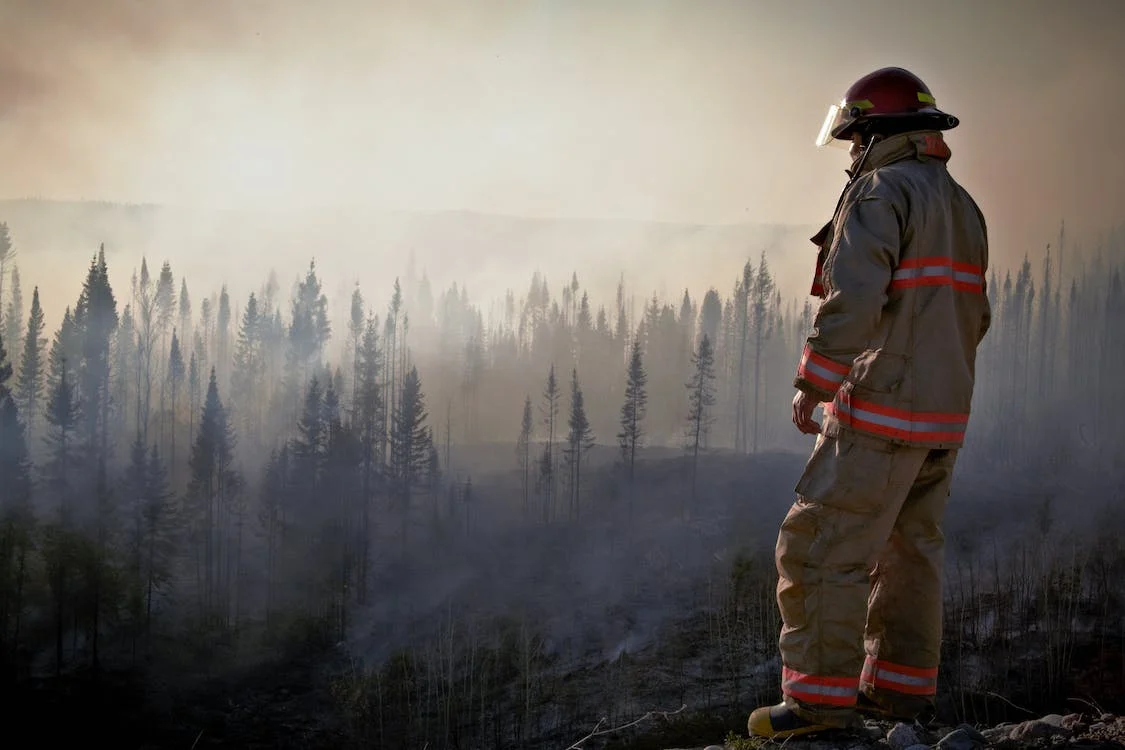Firefighting foam contamination, particularly from Aqueous Film-Forming Foam (AFFF), has become a global concern due to its persistent and harmful nature. In response, countries around the world have been implementing legal measures to tackle this issue.
In this article, we will explore the international efforts and legal responses aimed at addressing firefighting foam contamination, highlighting key actions taken by various jurisdictions.
Legislative Frameworks and Regulations
Numerous countries have enacted or strengthened legislation to regulate the production, use, and disposal of firefighting foam. For instance, some nations have established specific regulations setting concentration limits for per- and polyfluoroalkyl substances (PFAS) in firefighting foam.
Others have implemented bans or phase-outs of certain foam formulations. These legislative frameworks aim to minimize environmental contamination and protect public health by imposing strict controls on the use and storage of firefighting foam.
International Collaborative Efforts
Recognizing the transboundary nature of firefighting foam contamination, international collaborations have emerged to foster knowledge sharing and joint actions. Earlier this year, a Forbes article reported that the International Association of Fire Fighters (IAFF) organized a rally at the Capitol to advocate for the removal of PFAS chemicals from their protective gear. The IAFF called on Congress to allocate funding for the development and adoption of safer alternatives to PFAS.
Organizations such as the Stockholm Convention on Persistent Organic Pollutants and the United Nations Environment Programme (UNEP) have facilitated discussions and initiatives regarding the issue. The goal of these initiatives is to create international standards and best practices for controlling and regulating firefighting foam.
Remediation and Cleanup Programs
Countries affected by firefighting foam contamination have implemented remediation and cleanup programs to address existing contamination sites. These programs involve the identification and assessment of contaminated areas. This is followed by the development and implementation of remediation strategies. Legal frameworks play a crucial role in defining responsibilities, allocating resources, and enforcing cleanup efforts.
The Washington State Department of Ecology is engaged in the implementation of a program aimed at assisting fire departments and first responders in Washington with the collection, removal, and disposal of AFFF. This program is being offered to these entities free of charge.
According to The Seattle Times, the department has invested approximately $300,000 in an initiative focused on limiting the spread of PFAS in the groundwater beneath Eastside Fire and Rescue in Issaquah.
Lawsuits and Legal Accountability
Communities and individuals impacted by firefighting foam contamination have turned to legal avenues to seek justice and hold responsible parties accountable. Affected individuals have filed a firefighting foam lawsuit against foam manufacturers, firefighting agencies, and other entities involved in the production, distribution, or use of firefighting foam.
According to TorHoerman Law, firefighting foam lawsuits provide a means for affected individuals and communities to seek justice, secure compensation, raise awareness, and pressure authorities to address the contamination issue. These legal actions serve as a powerful tool in holding responsible parties accountable and advocating for improved safety standards, regulations, and public health protection.
According to a June 2023 update provided by AboutLawsuits, multiple manufacturers, including 3M Company, reached a settlement agreement to pay more than $12.5 billion to resolve lawsuits related to PFAS water contamination. These lawsuits were brought by local water suppliers. However, it should be noted that individual injury lawsuits against these companies are still ongoing.
International Trade Restrictions
To prevent the import and export of firefighting foam containing hazardous chemicals, several countries have imposed restrictions on international trade. This includes requirements for detailed labeling, documentation, and certification to ensure compliance with national regulations.
By limiting the global movement of contaminated firefighting foam, countries aim to contain its spread and prevent cross-border contamination. Furthermore, these trade restrictions also serve as a deterrent for manufacturers and suppliers who produce or distribute firefighting foam with hazardous chemicals.
Research and Development Initiatives
Governments and international bodies have invested in research and development initiatives to find safer alternatives to firefighting foam and improve cleanup technologies. These efforts aim to develop innovative foam formulations with reduced or eliminated PFAS content.
Additionally, research is being conducted to enhance the effectiveness of remediation techniques and explore the long-term impacts of firefighting foam contamination on human health and the environment. This research seeks to better understand the behavior and persistence of PFAS chemicals in soil, groundwater, and surface water, as well as their bioaccumulation in various organisms.
Final Thoughts
The global response to firefighting foam contamination has witnessed significant strides in addressing this persistent and harmful issue. Countries worldwide have enacted regulations, collaborated internationally, implemented cleanup programs, pursued legal accountability, and imposed trade restrictions.
These comprehensive efforts have aimed to minimize environmental impact, protect public health, and advocate for safer alternatives. By fostering knowledge sharing, setting standards, and allocating resources, international organizations have played a pivotal role in driving positive change.
Moreover, ongoing research initiatives continue to explore innovative solutions and enhance our understanding of the long-term effects of firefighting foam contamination. Through collective action, stakeholders are working towards a safer and more sustainable future.

